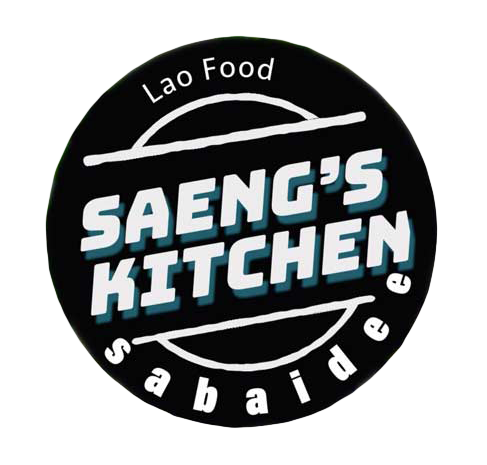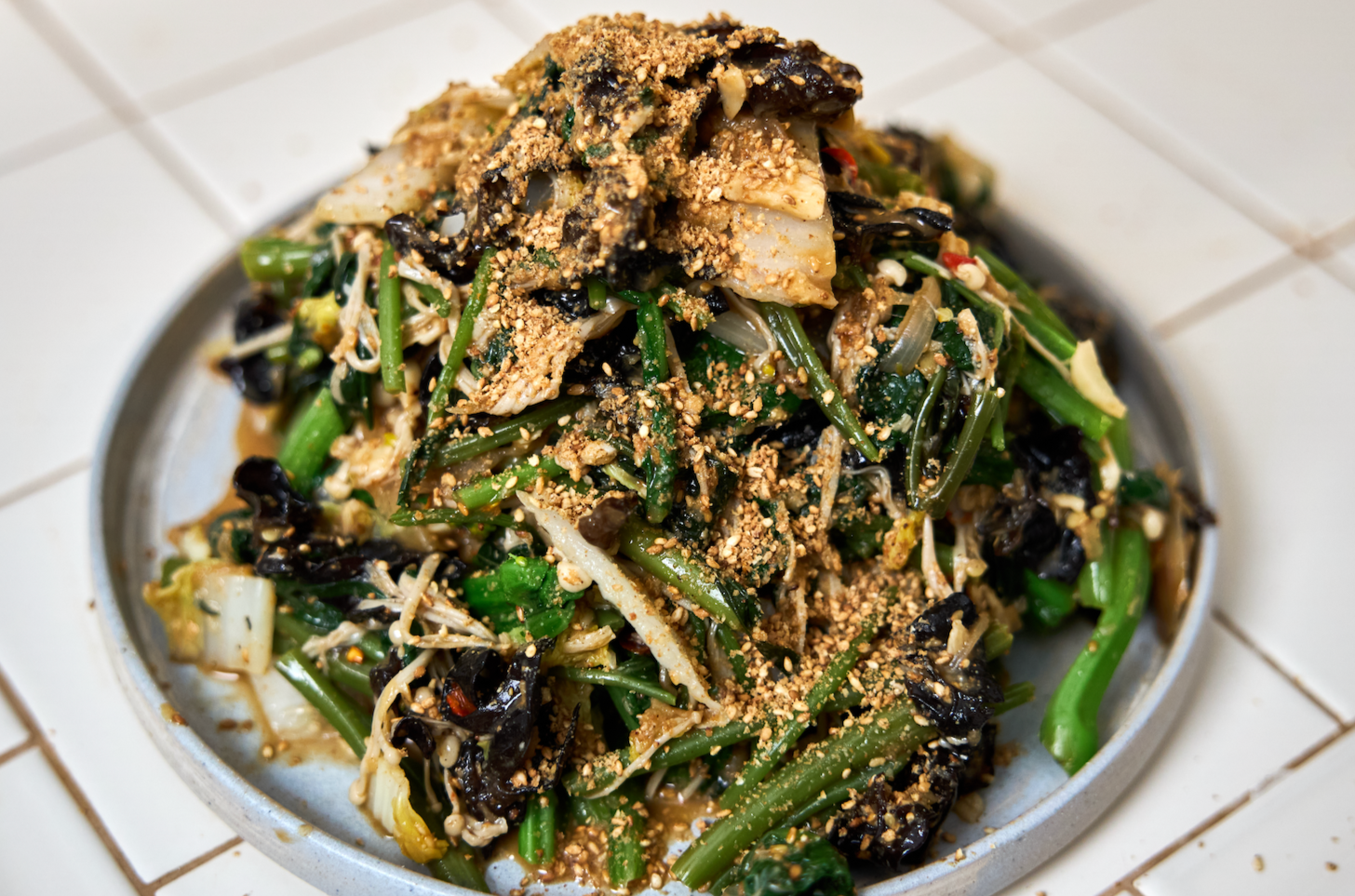How to Clean Sticky Rice Baskets
What is a thip khao, aep khao, or Lao sticky rice basket?
If you’ve ever eaten in a Lao household or restaurant, you’ve likely noticed a beautifully woven bamboo basket. Inside, you'll find freshly cooked sticky rice, radiating warmth. This traditional basket, used in Lao cuisine, is crafted in villages to hold the precious grains of sticky rice that villagers have carefully cultivated. Bamboo weaving is a common skill in Laos, used to create household items like sticky rice baskets, steamers, brooms, and fish traps. Known as thip khao or sometimes aep khao, these baskets come in different styles depending on the village but all serve the same purpose: holding sticky rice. Large baskets are often shared communally, with everyone reaching in to enjoy their meal together.
1: Understand The Material Of Your Basket
This guide will explain how to clean and care for your Lao sticky rice baskets so you have it ready to enjoy with your Lao cuisine. Its important to learn how to make sticky rice aka sweet rice just as it is important on how to store your delicious sticky rice. These baskets are essential for cooking and storing sticky rice. Made of woven bamboo, the small gaps allow the rice to stay insulated while still letting it breathe. This is the same material that is used in the sticky rice steamer basket to cook Lao sticky rice.
2: Preparing The Basket For Cleaning
The most important tool in the kitchen is this Asian soup spoon, which serves more than just its original purpose of enjoying soup. Thanks to its thin but not sharp edges, it’s perfect for scraping out dried sticky rice from the basket. Let’s use a medium-sized thip khao as an example. I have several different basket sizes, and sometimes I forget some rice is left behind, causing it to dry out and become inedible. While you can try to remove the dried grains by hand, I find the Asian soup spoon most effective. It easily gets into the sides and hard-to-reach areas without damaging the basket. Gently scrape the sides, bottom, and even the lid until most of the dried rice is removed. Pour out the grains and repeat this process for any sticky rice baskets you have. There may still be some stubborn grains left, but don’t worry, here’s the next step.
3: Cleaning The Basket
For both old and new baskets, it’s important to thoroughly clean them. Since these baskets come from Southeast Asia, they may have collected dust along the way. This cleaning method also helps loosen stuck-on rice. I’m using smaller thip khaos for this demonstration because they fit in my mixing bowl. First, open each basket and pour warm water over them until fully submerged. Roll each basket in the water, scrubbing the sides and bottom with your hands. Scoop water into the containers and let it drain to clean the hard-to-reach areas. Rinse each basket 2 to 3 times until the water runs clear. If the baskets have stubborn, stuck-on rice, let them soak for a few hours or overnight. You’ll notice the water turning yellow from the baskets.
4: Drying The Basket
Once cleaned, remove the baskets and let them dry on a tray for a few hours or overnight, until completely dry. Now that your Lao sticky rice baskets are clean, you’re ready to make sticky rice. Here is my sticky rice recipe. These baskets are best storing steaming glutinous rice, which makes the rice less sticky and easier to handle. Avoid using other types of rice, as they are wetter and could damage the basket. For easier cleanup, you can also line the basket with cheesecloth. Once your rice is ready, enjoy it with your family and friends, dipping it into your favorite spicy jeow (Lao dip). If you’re interested in the cookware I used in this video, I’ve linked all the supplies in my Lao Sticky Rice Guide, available through my email newsletter at www.saengskitchen.com. What are your tips and tricks for caring for these baskets? Let me know if you have any other questions!


















Sabaidee, I’m Saeng!
I’m a personal chef who specializes in Lao food. Here at Saeng’s Kitchen, you’ll find all your favorite traditional Lao foods and also some new twists to Lao style dishes.